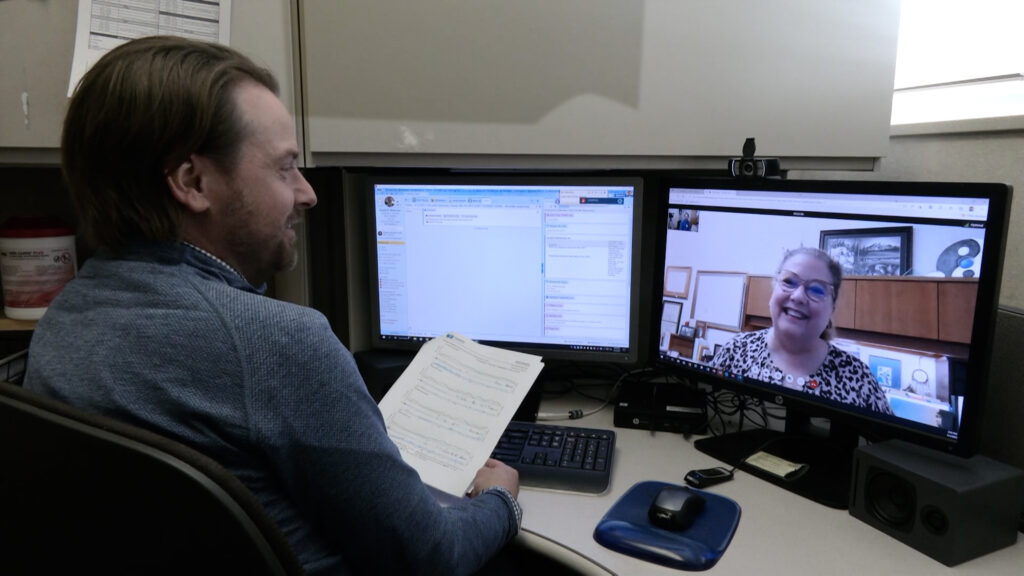There is a persistent shortage of primary care doctors in the rural United States. Specialists, like OB-GYNs and endocrinologists, are even harder to access. According to the National Rural Health Association, there are only 30 specialists for every 100,000 residents in rural areas, compared to 263 per 100,000 in urban communities.
These shortages mean that many patients must routinely drive long distances to see their doctors, or simply go without care. This leaves rural populations more vulnerable to developing more serious illnesses.
advertisement
“We know that urban patients typically do better based upon their ZIP code,” said David Newman, an endocrinologist based in Fargo, N.D. “We don’t want your care to be defined by your ZIP code. We want everyone to have equal access to specialty care.”
Newman and other doctors at Sanford Health, a large health care system based in Sioux Falls, S.D., have ramped up their telehealth offerings in an effort to bridge this gap. With hundreds of miles between them and their patients, they’re using virtual appointments and remote monitoring technologies to make sure everyone is able to access care.
Part three of our short documentary series on rural health focuses on how Newman and his colleague, OB-GYN Johnna Nynas, are using technology to offset major obstacles to health care access in their region.
STAT’s coverage of chronic health issues is supported by a grant from Bloomberg Philanthropies. Our financial supporters are not involved in any decisions about our journalism.
advertisement

